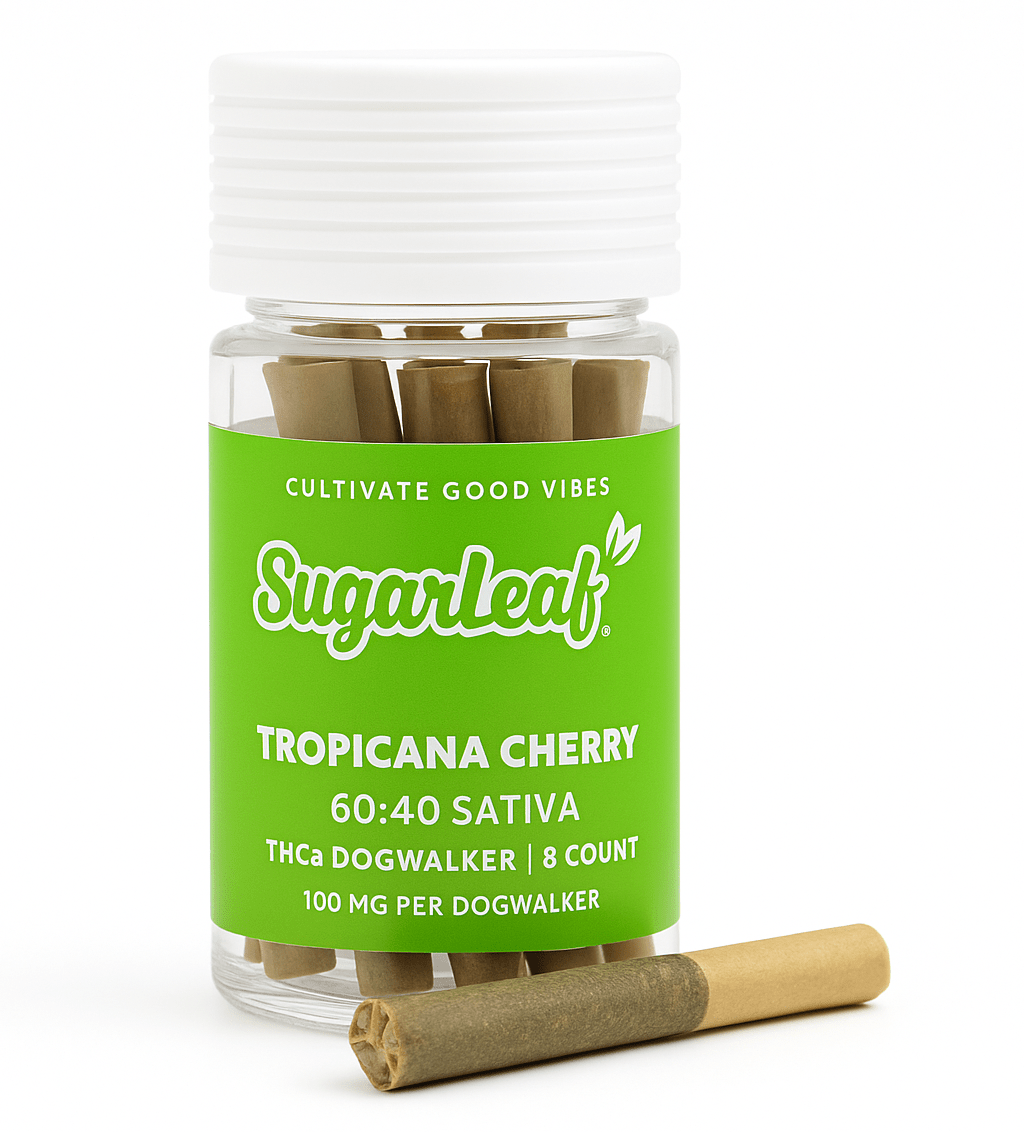Nothing But Hemp Blog
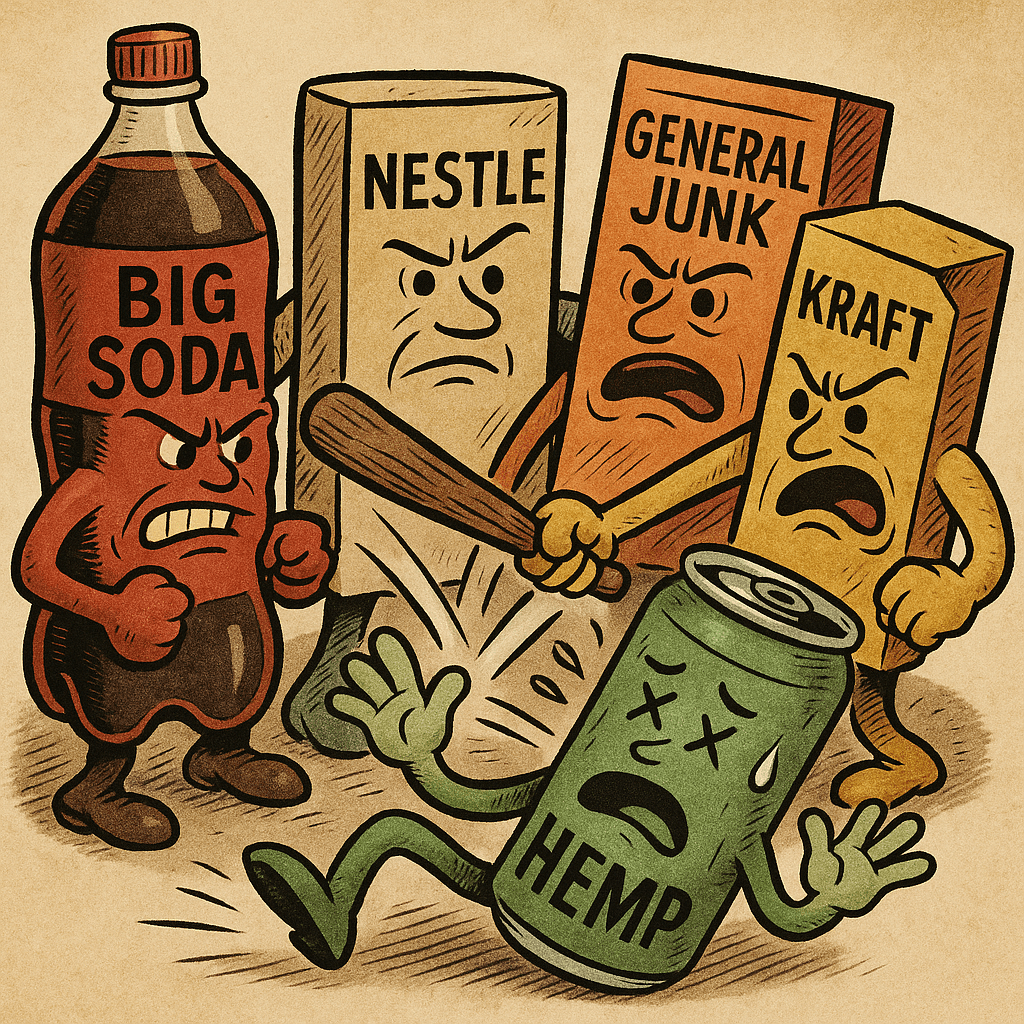
Sugar, Cancer & Hypocrisy: When Junk Food Corporations Attack Hemp
The same week Coca-Cola, Nestlé, General Mills and Kraft Heinz were busy selling sugar, salt and ultra-processed everything to America, their trade association wrote Congress to warn about… hemp pr...
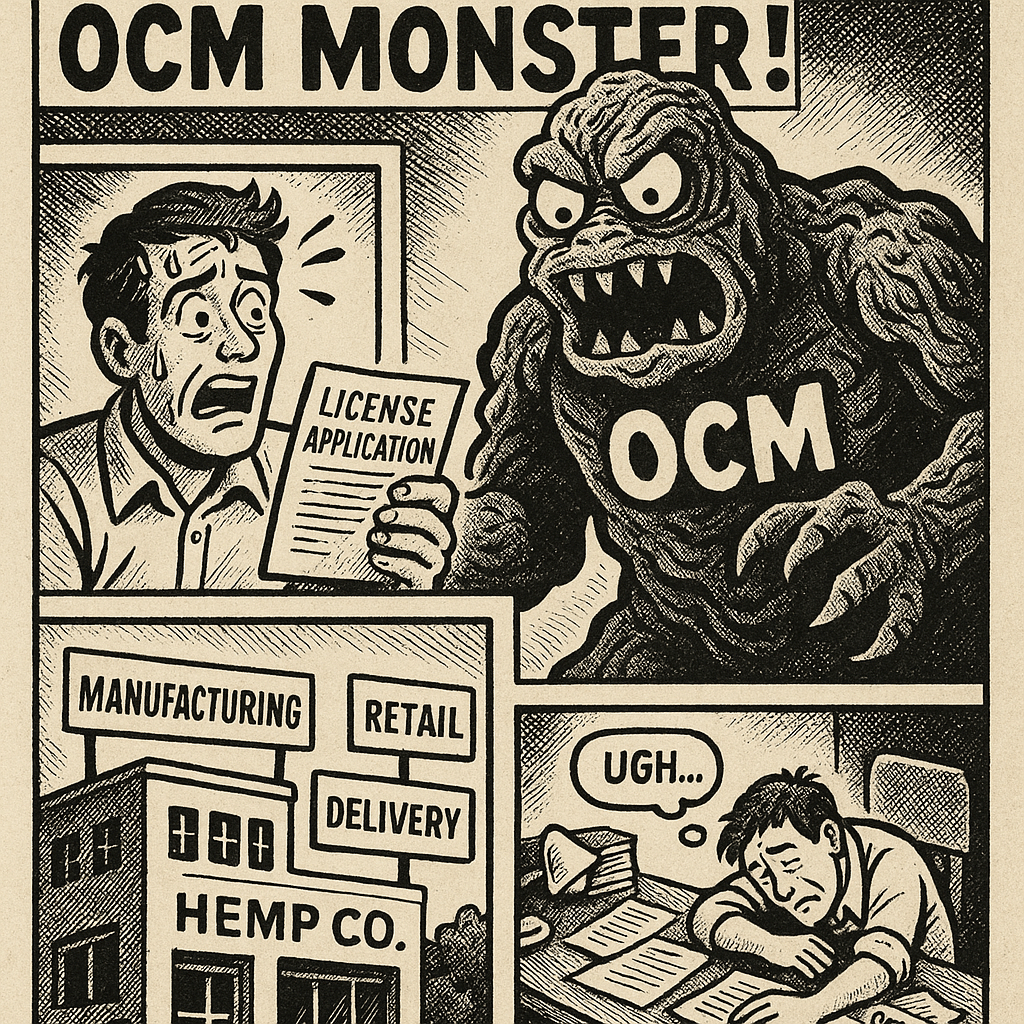
Licensing in Minnesota: The Real Hemp Story
Or, How I Learned to Stop Worrying and Love the Bureaucracy
By: The Guy Who Applied for Five Hemp Licenses and Lived to Tell the Tale
The Date That Haunts My Dreams: October 31
For most people, Ha...
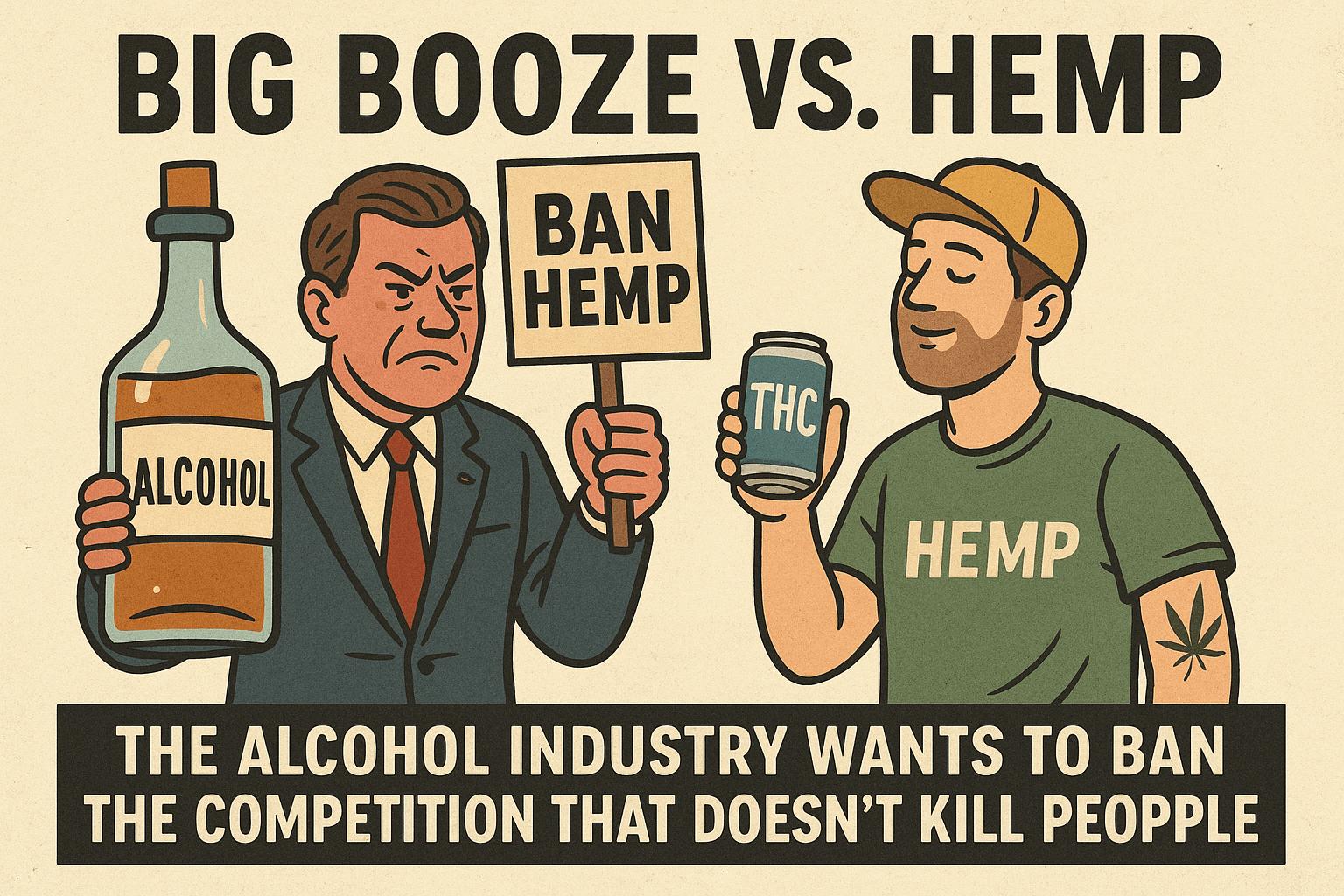
Big Booze vs. Hemp: The Alcohol Industry Wants to Ban the Competition That Doesn’t Kill People
When you hear that the alcohol industry — yes, the very same crew that brought you hangovers, DUI checkpoints, and “It seemed like a good idea at the time” tattoos — is lobbying Congress to ban hem...
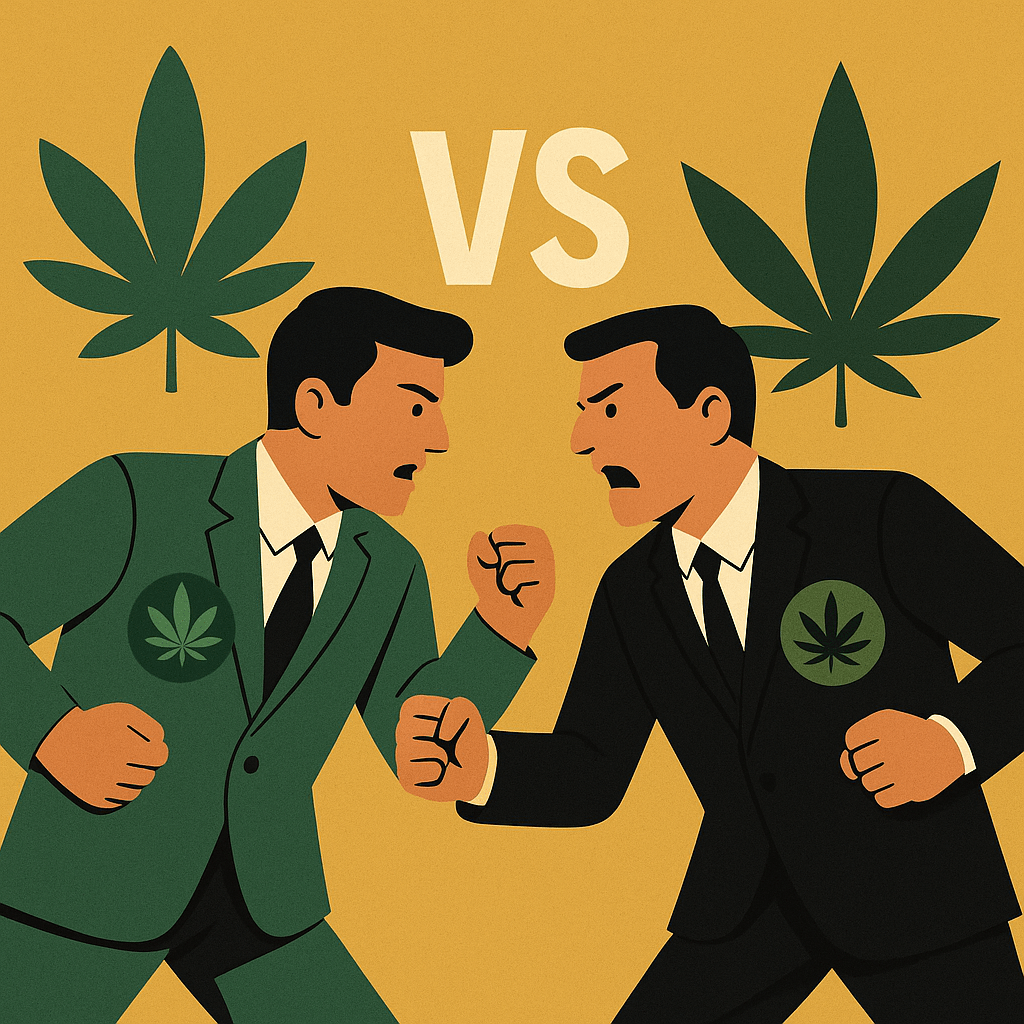
Jushi Holdings Sues DoorDash and Total Wine: The Cannabis Karen Chronicles
Commentary from Nothing But Hemp
When Corporations Throw Tantrums: Jushi Holdings Edition
It’s official: Jushi Holdings Inc., through its Virginia subsidiary Dalitso LLC, has decided to sue DoorDa...
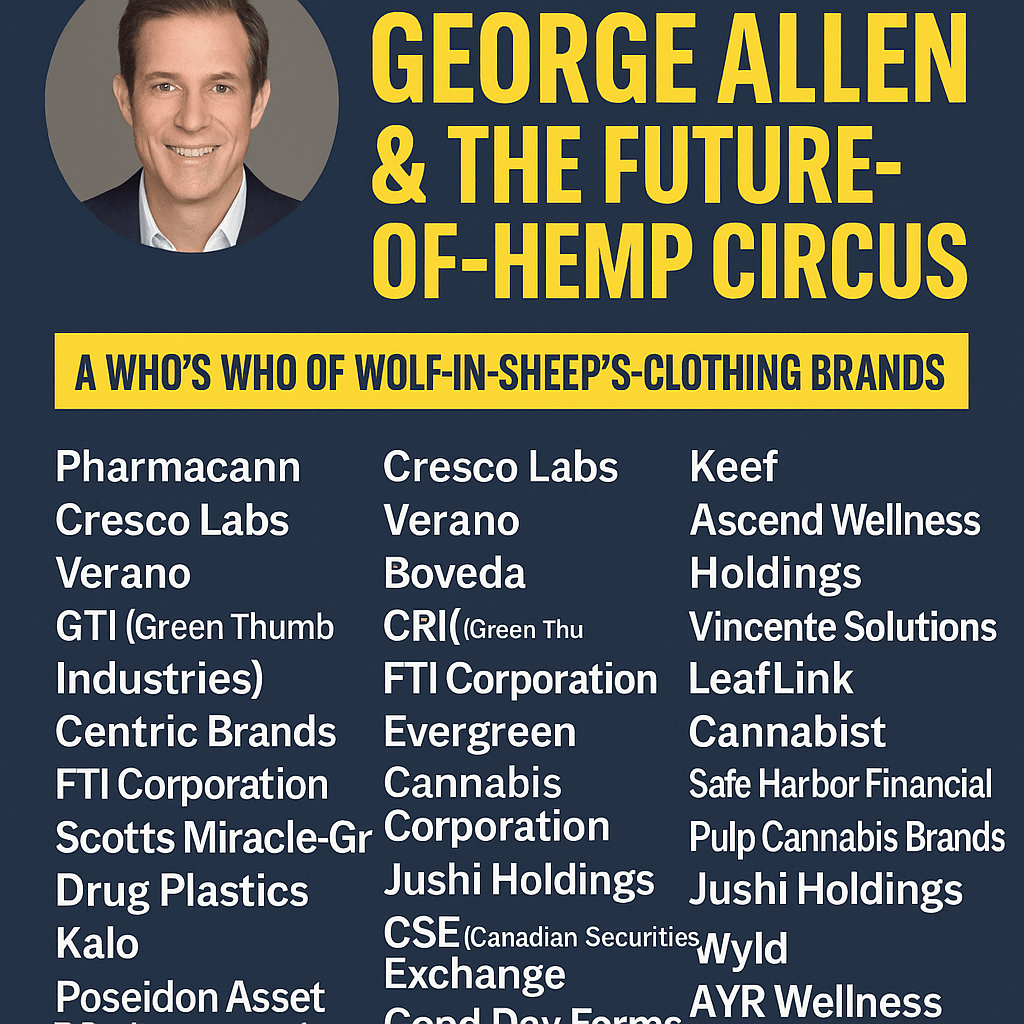
George Allen & the Future-Of-Hemp Circus: A Who’s Who of Wolf-in-Sheep’s-Clothing Brands
Oh, George Allen — President of Lowell Herb Co and part-time philosopher on LinkedIn.Recently, he declared with great pride that “Legal cannabis is finally organizing against the hemp industry.”
We...
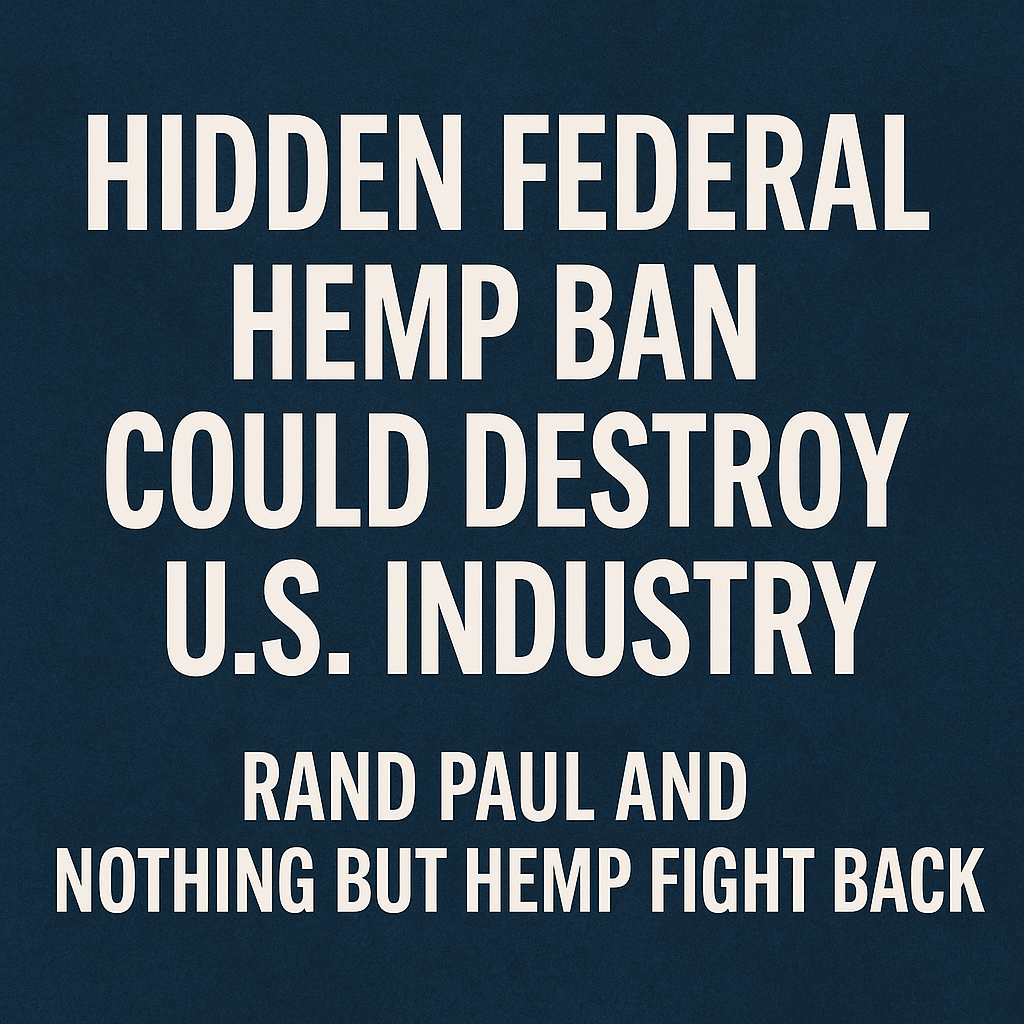
Rand Paul Sounds the Alarm: Hidden Federal Hemp Ban Could Destroy Thousands of American Jobs
Nothing But Hemp Joins Senator Rand Paul and Industry Leaders to Defend the Future of Hemp
Today, Nothing But Hemp joined an urgent national call with Senator Rand Paul and hemp industry leaders fr...
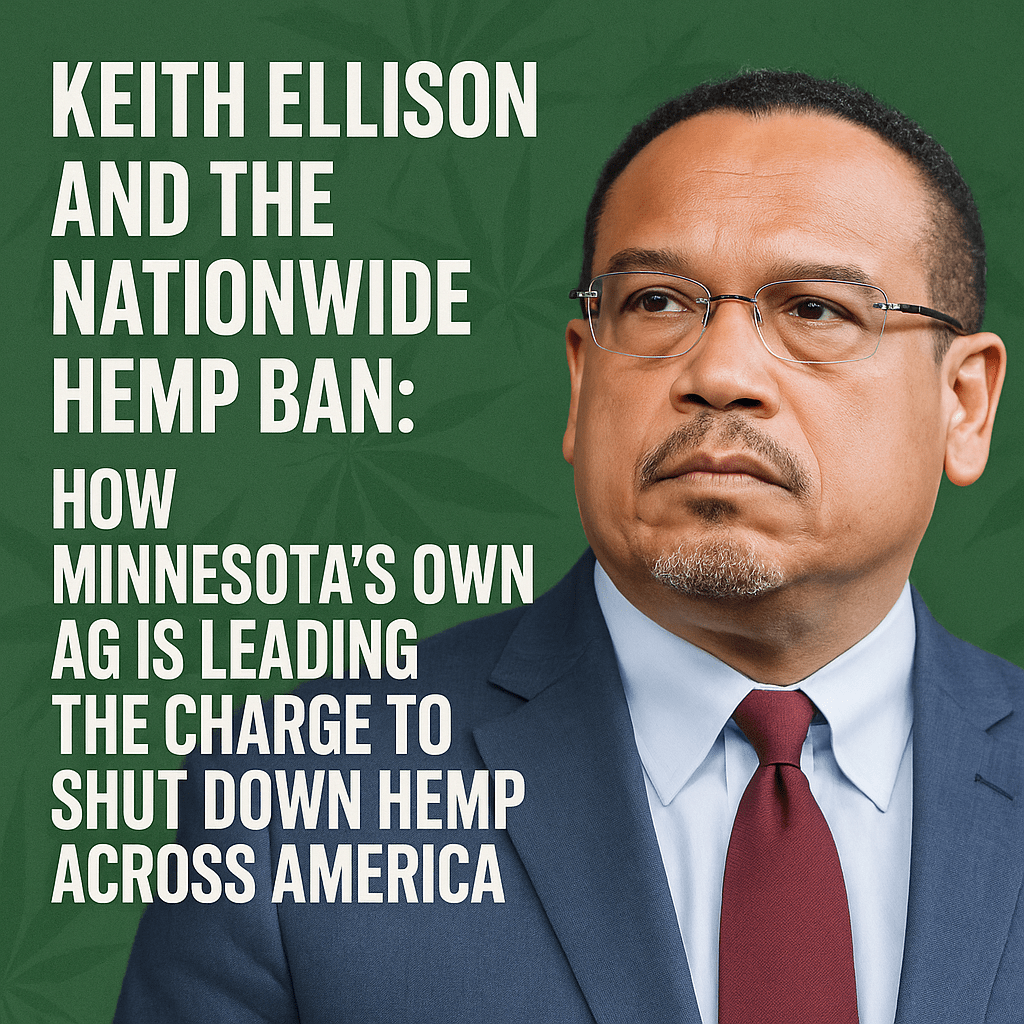
Keith Ellison and the Nationwide Hemp Ban: How Minnesota’s Own AG Is Leading the Charge to Shut Down Hemp Across America
The Irony That Hits Close to Home
You really can’t make this up.
Minnesota — the state that pioneered responsible hemp regulation and low-dose THC innovation — is now watching its own Attorney Gene...
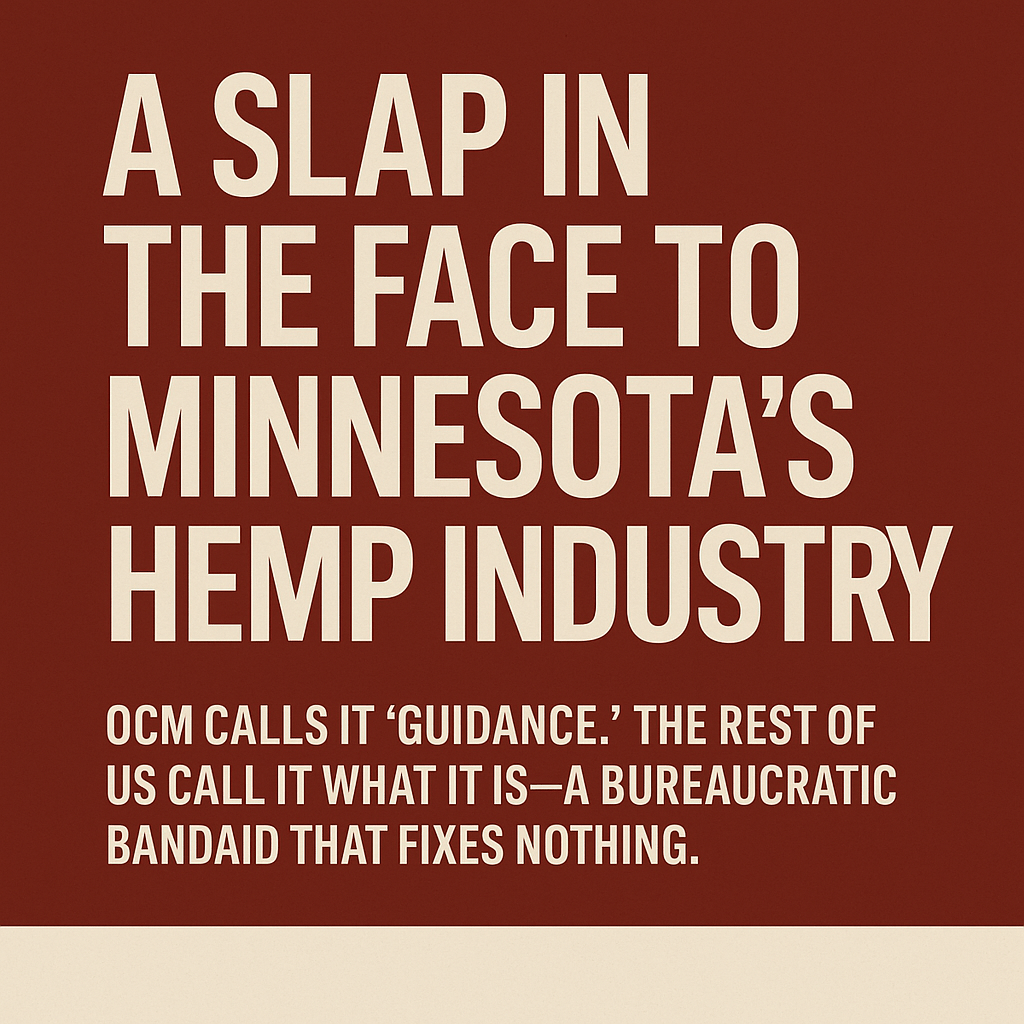
🚨A Slap in the Face to Minnesota’s Hemp Industry
OCM calls it “guidance.” The rest of us call it what it is — a bureaucratic bandaid that fixes nothing.
On October 10
, the Office of Cannabis Management (OCM)** released
Guidance Memo GM-2025-03....
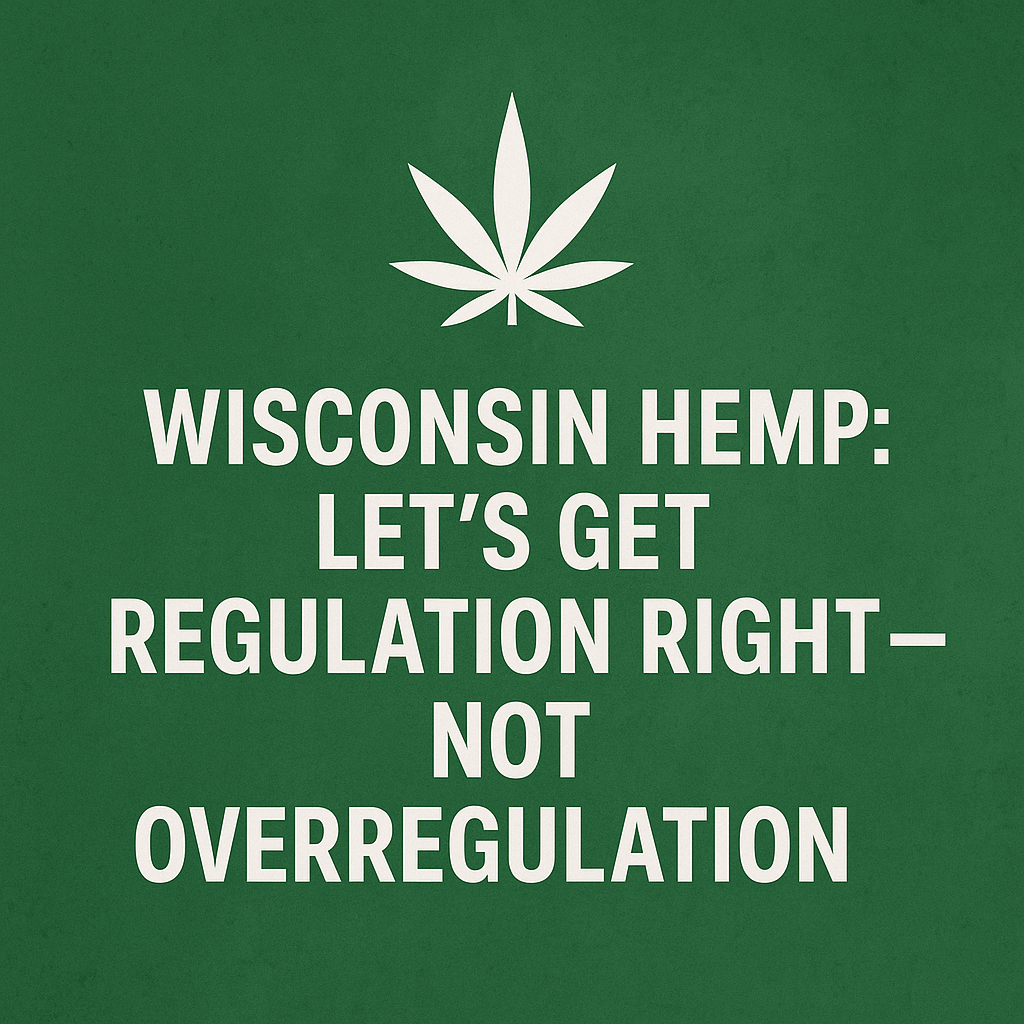
Wisconsin Hemp: Let’s Get Regulation Right — Not Overregulation
The Wisconsin hemp industry stands at a crossroads. Across the Midwest, lawmakers are scrambling to define the boundaries between hemp and psychoactive THC products. In Wisconsin, Republican state ...




